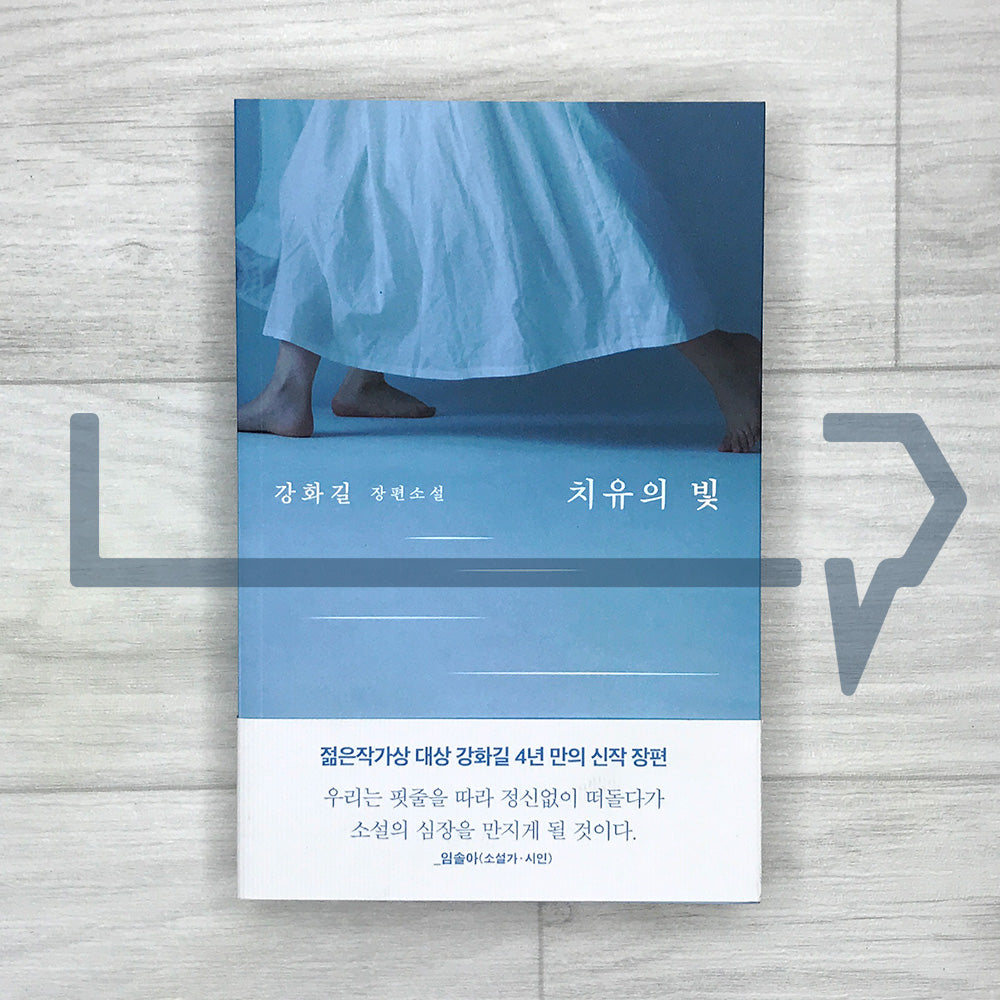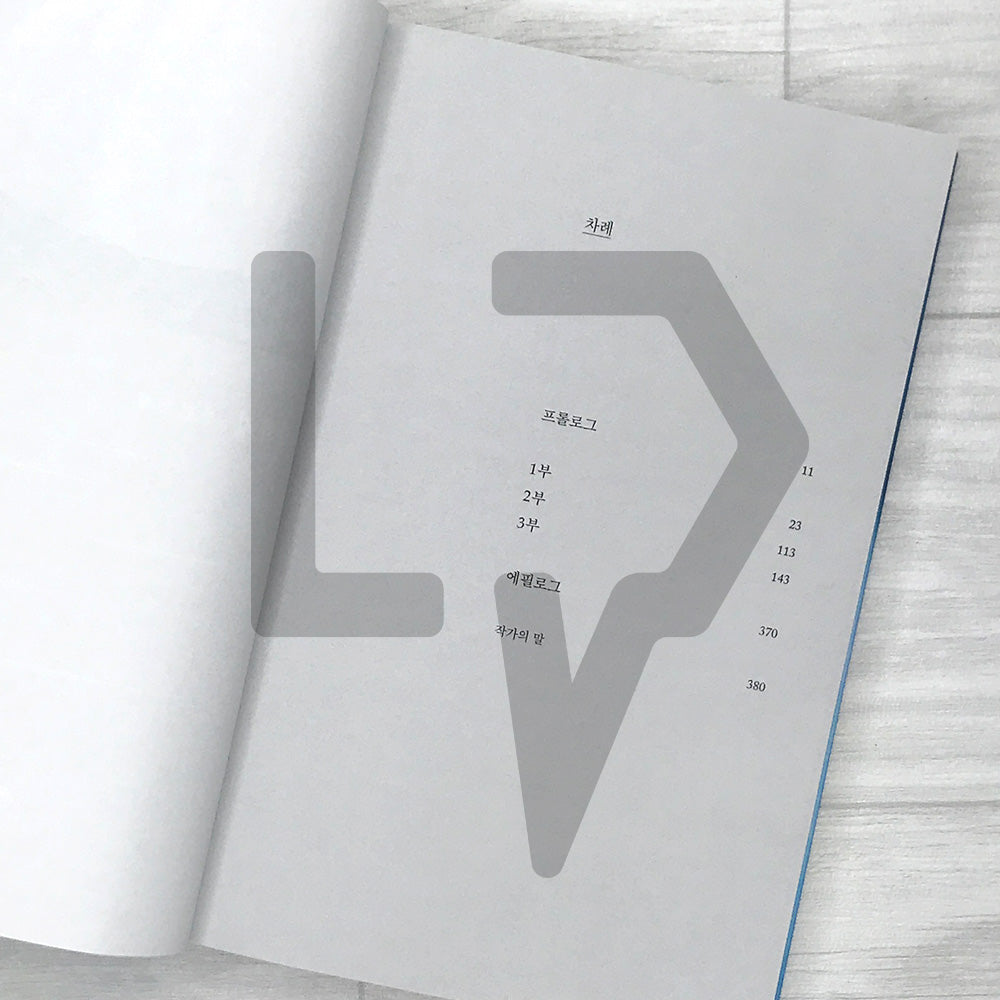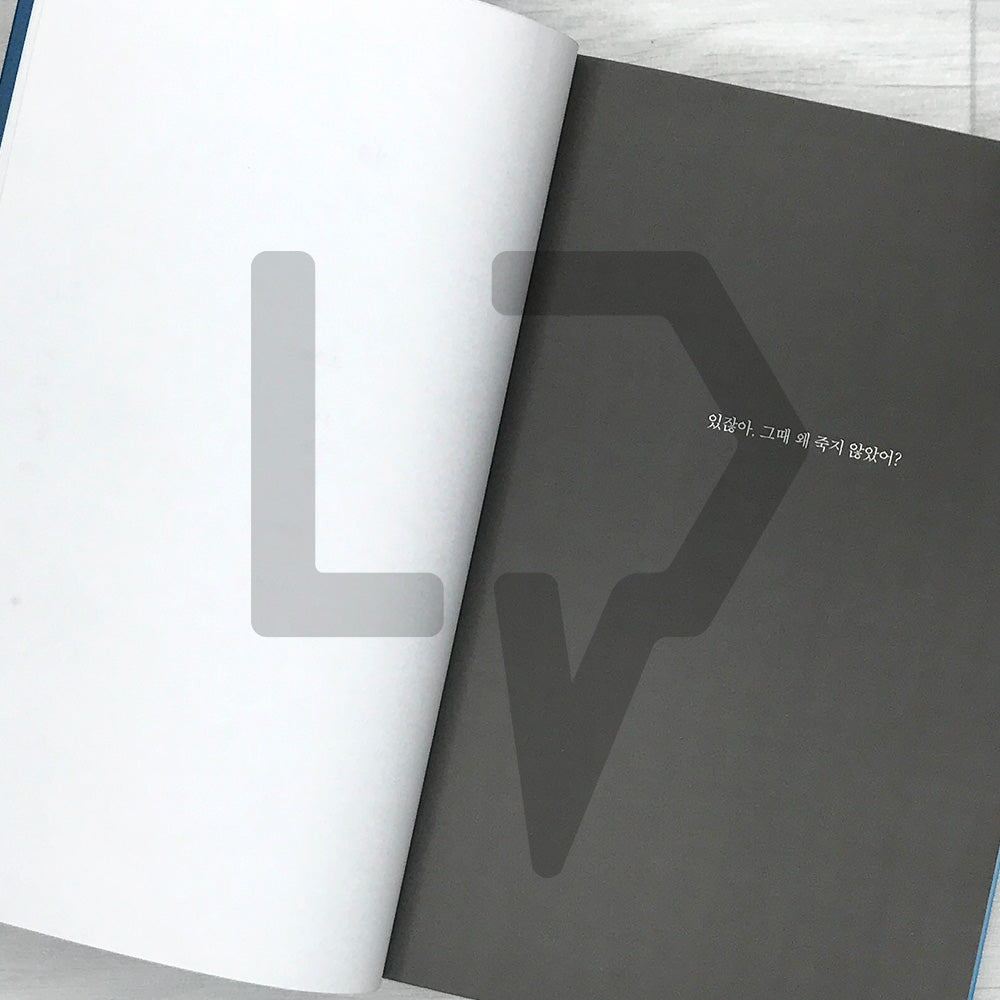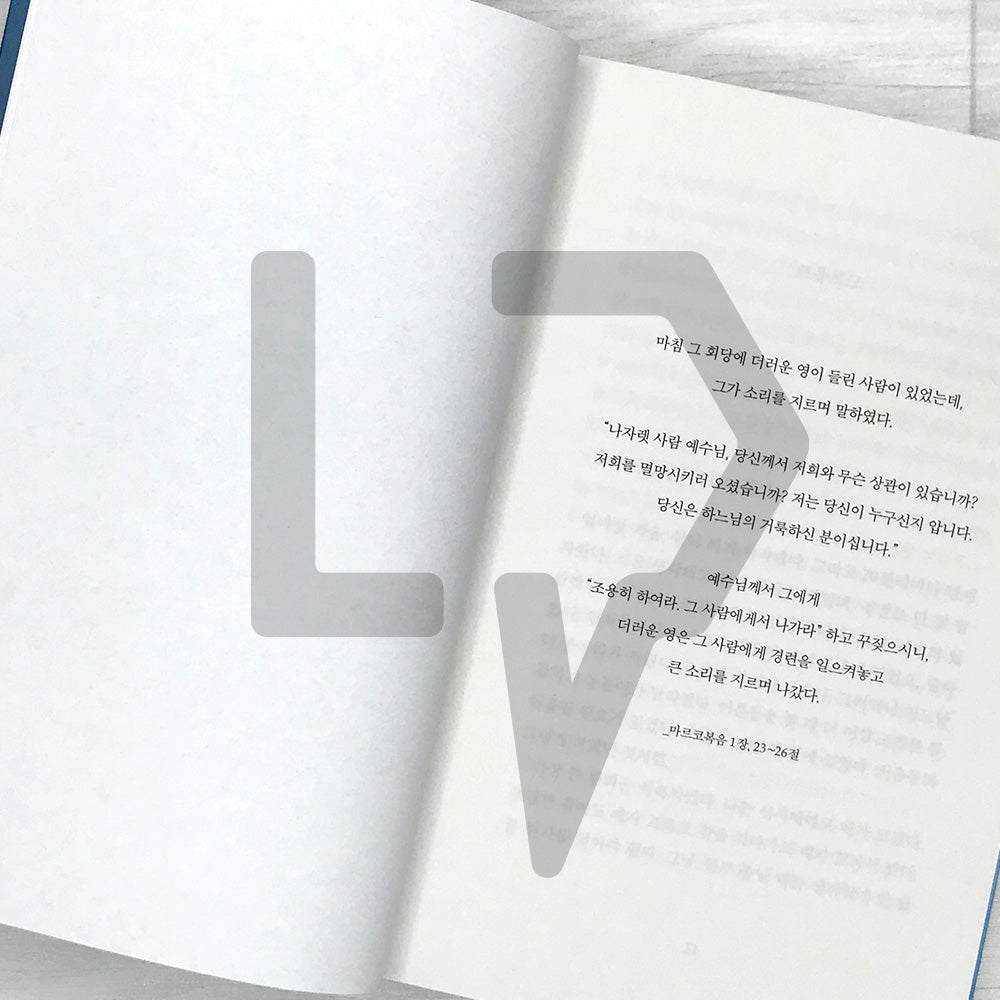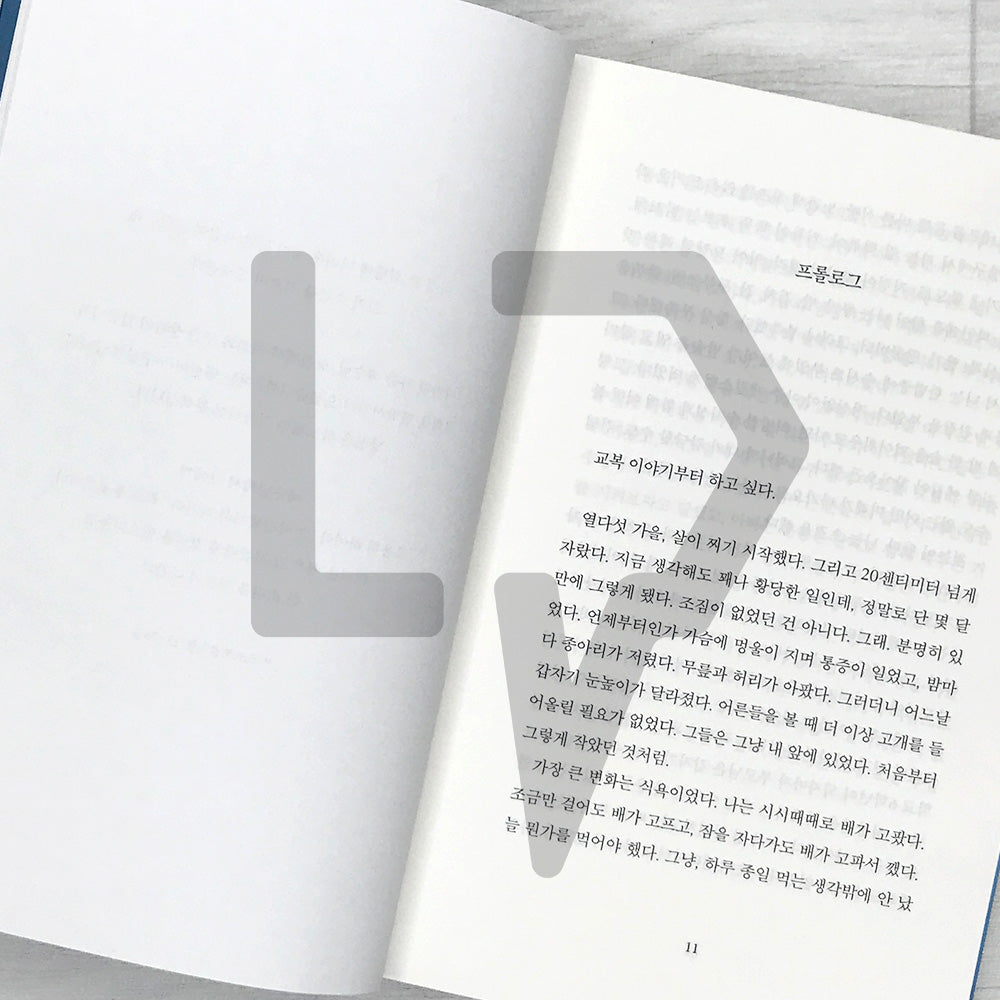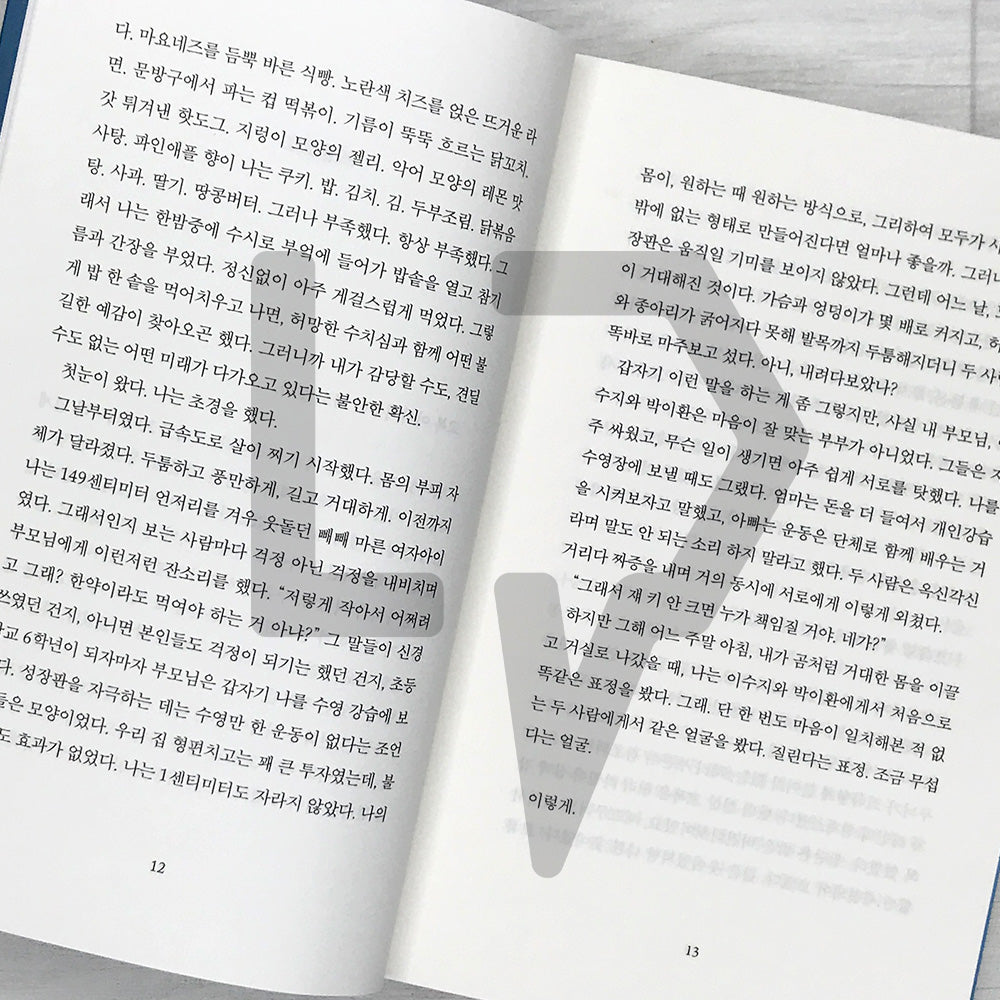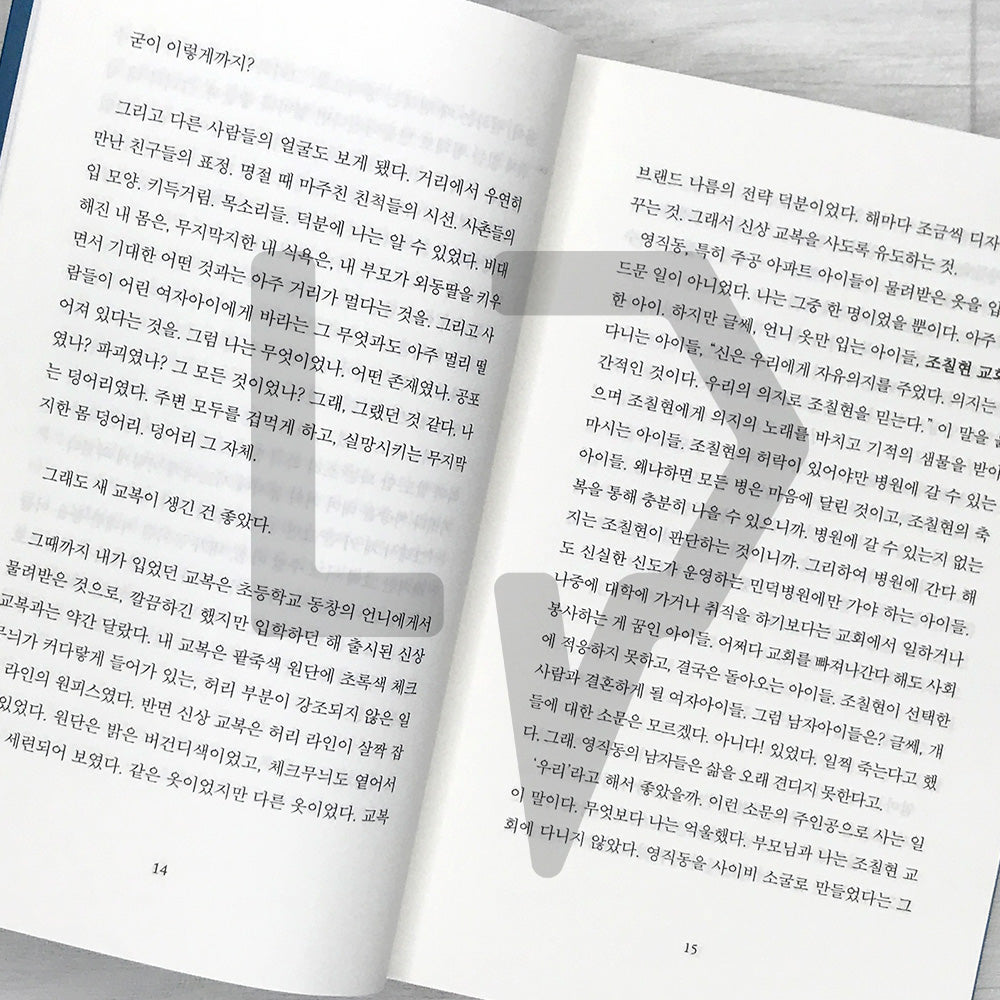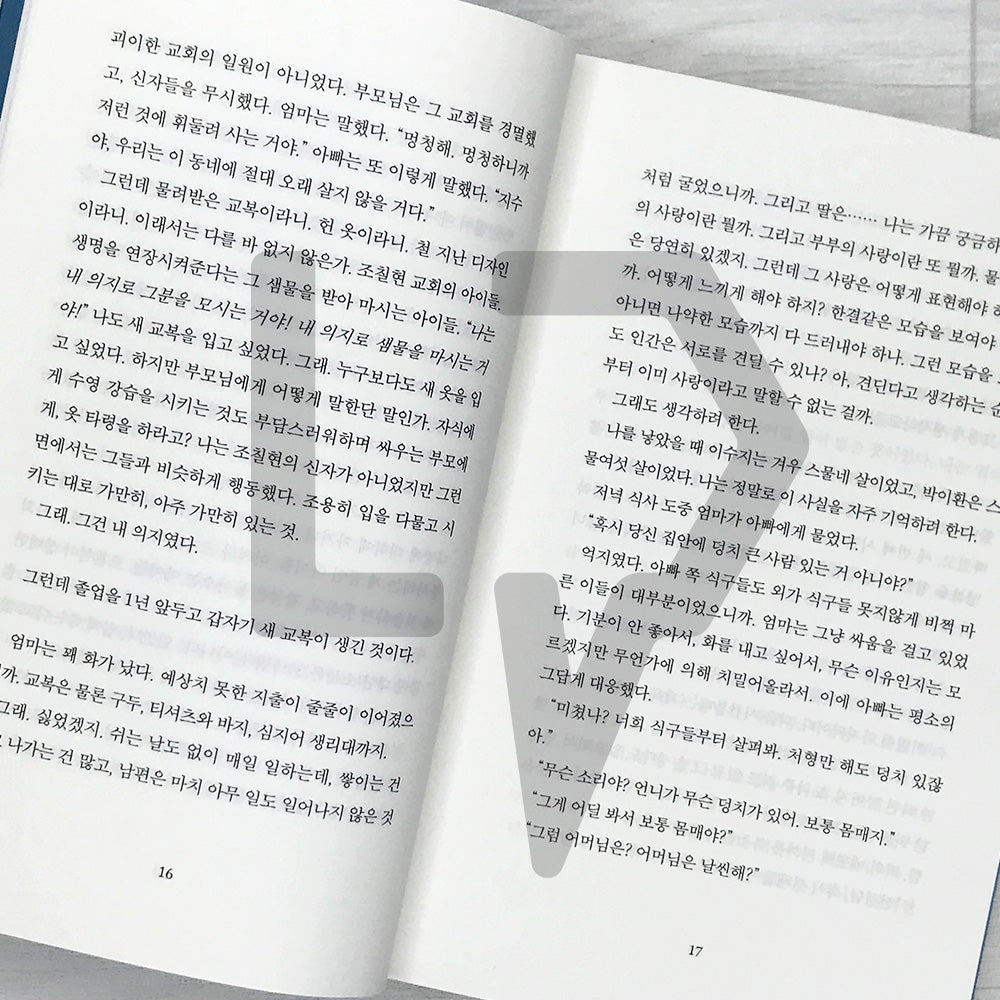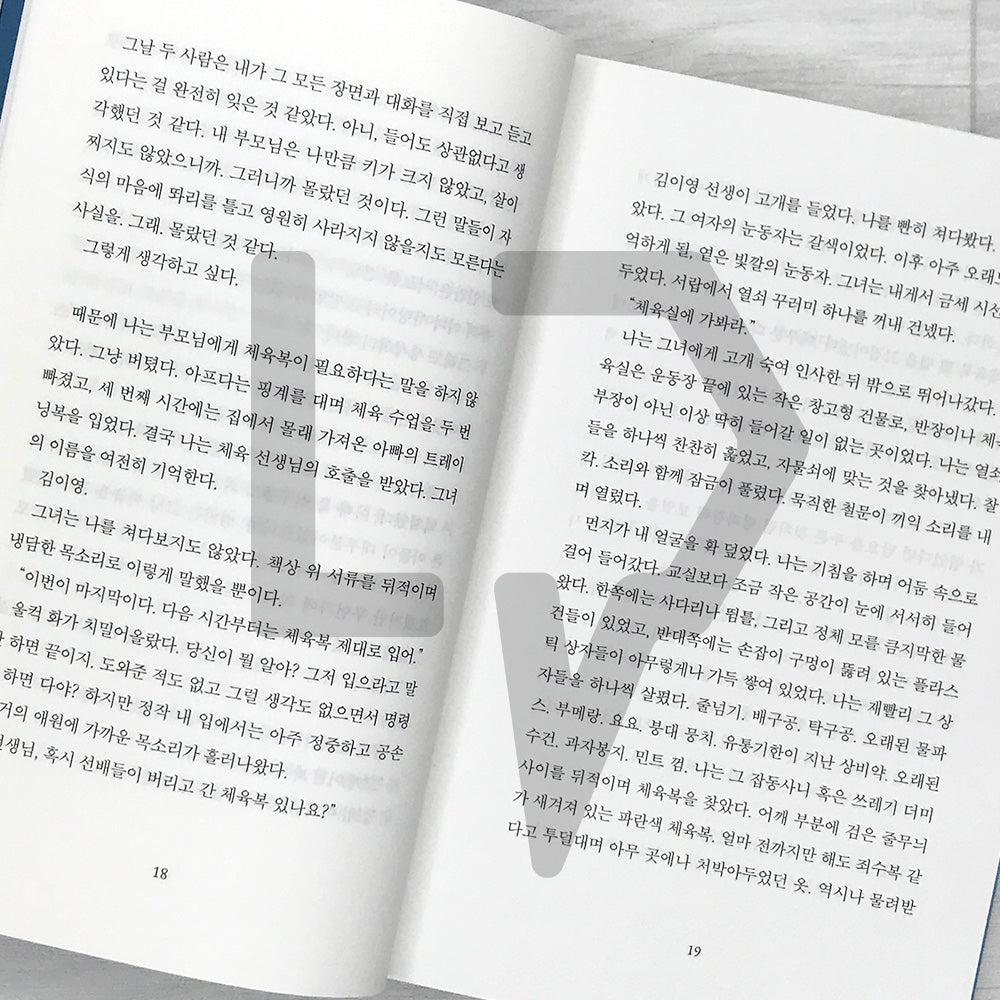은행나무
Couldn't load pickup availability
No matter how I thrash and struggle, I cannot free myself from my body, my pain, my past.
Winner of the Hankyoreh Literary Award, Young Writers’ Grand Prize, and Baek Sin-ae Prize, author Kang Hwa-gil—called the pinnacle of “K-female-gothic fiction”—returns with the novel Healing Light. She again unfurls tightly knit, closed communities—family, school, a provincial town, a religious group—and the dense emotions between women—longing and hatred, jealousy and possessiveness—into the place called Anjin, driving the story headlong toward an end. Life Pattern Korea.
The narrative begins with a past far too vicious to escape. Jisoo recalls the moment her tiny, unnoticed body suddenly drew everyone’s eyes: fifteen years old, in autumn. An uncontrollable appetite swelled her frame at terrifying speed, and she confronted that bulk through others’ naked stares. Those gazes soon became a prison. Ironically, her enlarged body let her hear her name—spoken for the first time by the long-admired Hae-ria. Yet a sudden swimming-pool accident drives Jisoo to shed not only her hometown Anjin but also the “lumps” that bear excruciating pain. Thus the physical spaces in Healing Light are re-assembled as the female body itself. Life Pattern Korea.
In gothic fiction, space functions as a device that traps and binds characters. The inescapable spaces of Kang’s stories become “social prisons”—blood-tied families, birthplaces, inherited religions—things never chosen by free will, yet already ours at birth. That is why her characters’ memories are anchored in their teens. Life Pattern Korea. Kang digs deep into the children who, housed in protection whose nature—love or bondage—they cannot judge, discover, covet, and wound one another’s tenderest spots first of all. Readers will experience “the most tragic prison” (critic Jeon Cheong-rim) from which they, too, can neither flee nor break free, for they have long carried it—and must go on carrying it.
“Why do people love as fiercely as they long, and hate as fiercely as they love—wanting to possess, and, if they cannot, to smash? Life Pattern Korea. Why pity, then despise; feel sorry, then want to break?” (pp. 70–71)
.
Publisher: 은행나무 EunHaengNaMu (2025)
.
! All the books we sell have a small mark or label on either the top or bottom edge of the book, placed by us or the publisher/distributor. This is a common practice in Korea to verify authenticity and track the distribution route of the books.
! Please note that the cover design of the books may change without prior notice.
Share
